My mum yelped. The kayak bucked back and forth as we both mouthed: ‘Dolphins!’ The pair zigzagged around us while we tried to paddle after them. Afterwards, we were paddling back towards land for a busy afternoon of exploring coffee shops and wine bars when a penguin bobbed its head up from the water. In moments like these it’s hard to believe you’re in a city – but there was Cape Town spread out on the shore ahead of us.
The taxi driver who met us at the airport had summed it up: ‘In Cape Town, you can do everything.’ There’s nature in spades (from antelope to whales), incredible food, culture, world-class wine and, according to our kayak guide, ‘some of the best hiking and biking trails in the world’.
Average temperatures this month are a balmy 22°C and the time difference is just two hours
This is not just true of Cape Town, either, but of South Africa in general. Within a few hours of the city, you can spot Africa’s ‘Big Five’ animals (lion, leopard, rhino, elephant and African buffalo) in one of the numerous game reserves, or cruise alongside hippos and crocodiles in the Unesco-recognised iSimangaliso wetlands.
Unlike Kruger in the north (probably South Africa’s best-known game reserve), December to April is an ideal time to go on safari further south. Average temperatures this month are a balmy 22°C – and better still, there’s no jet lag to contend with (though the flight takes around 12 hours, the time difference between South Africa and the UK is just two hours).
The value of the South African rand has also been steadily dropping vs the pound for more than five years, and it’s one of the few currencies against which the pound has gained ground in the past year – meaning that a holiday here offers great value for money, too.
Here’s how to make best of a jet lag-free escape to the sun:
City

Any first trip to Cape Town should start off at V&A Waterfront – a bustling shopping and dining district. It’s touristy, true, but good for finding your feet in a city where crime is not unusual. The hop-on-hop-off bus tour (R259 for one day) gave us a taste of the city centre as well as swishy Camps Bay, where you can often see celebrities enjoying the pristine white beaches. The area has dozens of buzzy bars and cafés, so is ideal for a morning or evening drink. We particularly liked The Pottery, which sells artisan ceramics and coffee.
Table Mountain is a must, especially on a clear day. The cable car (around R300) took about three minutes and rotated throughout so we got a 360-view of Cape Town before we even hit the top. Hiking up takes around one-and-a-half to three hours, depending on your fitness.
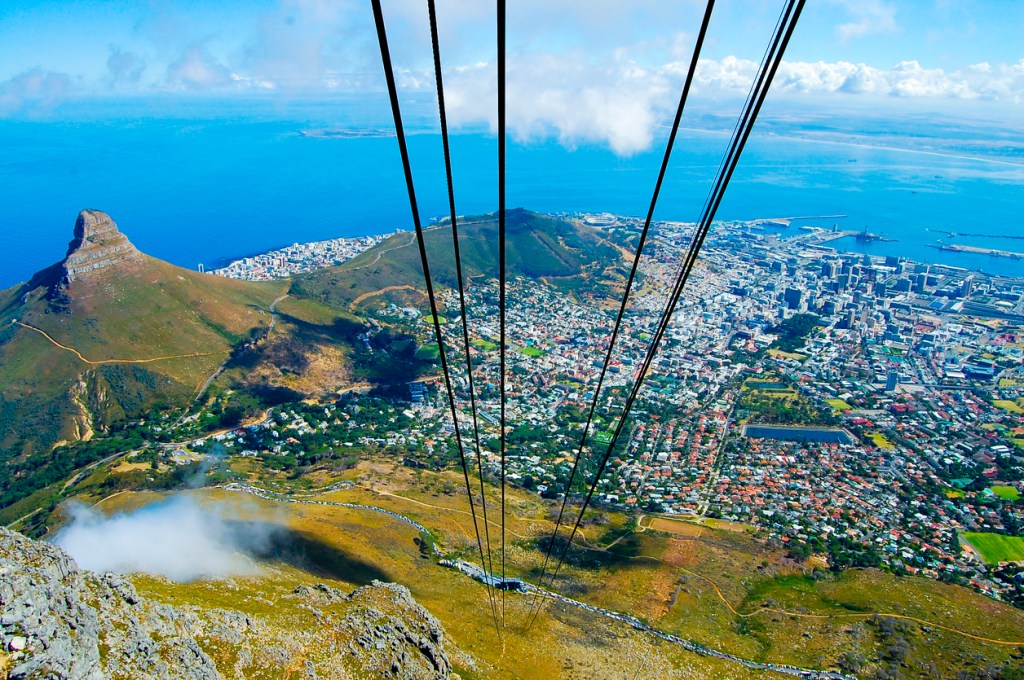
We had booked into the Twelve Apostles Hotel, set into the rockface of Table Mountain National Park and watched over by the Twelve Apostles mountain range (a series of peaks that look like mud-cracked rhino horns). The hotel offers all the luxury and tranquillity of a dream beach holiday – with two pools, a spa and the sea a four-minute walk away – but free shuttles to the V&A Waterfront also mean you can do city break activities whenever you want. The leafy suburb of Constantia, South Africa’s oldest and most loved wine region, is also very accessible, just a 20-minute drive from the hotel.
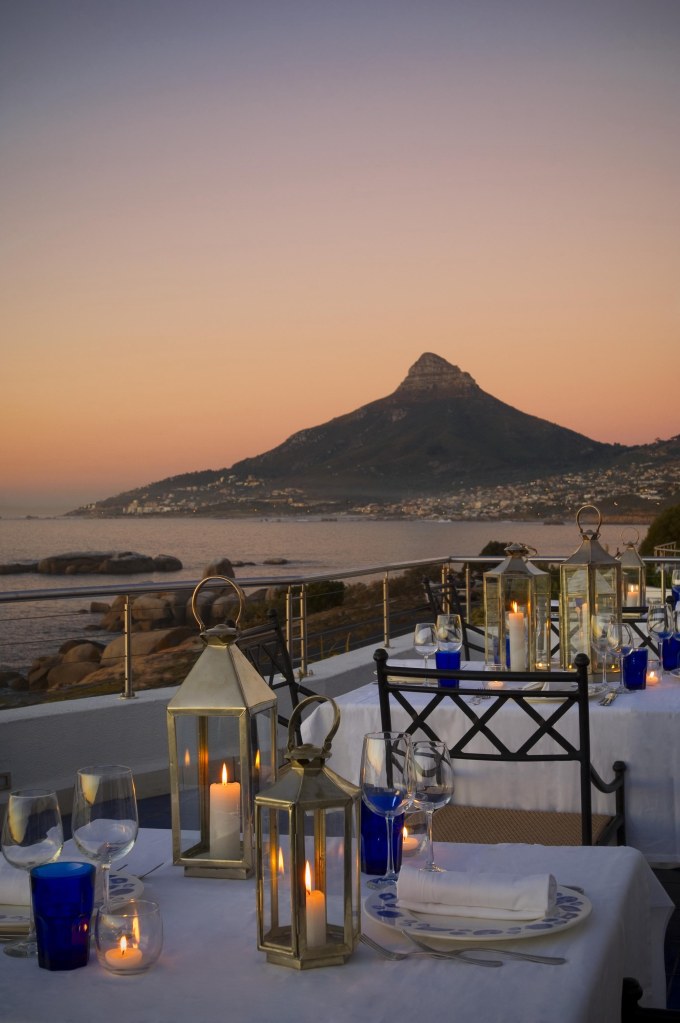
The huge variety of things to do was reflected in the similarly large mix of ages at the hotel. At breakfast, there were young families clamouring about spotting seals in the bay and older couples discussing whether Boschendal or Franschhoek Cellars does the better wine tastings. If you don’t have time to get out to the winelands, the hotel’s Leopard Bar does an excellent selection of South African vintages. Make sure to stop by its Azure restaurant – one of the best seafood spots in Cape Town.
Safari

With more than 40 game reserves in total, choosing a safari destination in South Africa can be rather overwhelming. We ended up picking Hluhluwe-iMfolozi, as it’s known for being one of the best places to spot Africa’s Big Five and, unlike the better-known Kruger, the UK’s winter and spring are a good time to visit. ‘It’s also so much quieter than more famous reserves,’ says Shanil Balgobind of Kimburi Tours. ‘In Kruger you often have traffic jams of 40-50 cars waiting to see animals – whereas in Hluhluwe-iMfolozi, we’ll be the only vehicle at the sighting and can spend 20 minutes alone with a lion.’
It’s typically better value than more famous reserves, too. Rhino Ridge Lodge, where we stayed, is owned by the community, so the aim is not to grab as much profit as possible. ‘Lots of safari lodges charge extortionate prices for alcohol because you have nowhere else to go,’ says general manager Dries Lloyd. ‘If a bottle of wine costs R100 in a shop, some charge R1,000. We’d never do that.’ Wine at Rhino Ridge starts from around R280 a bottle.
Reaching the reserve required a one-and-a-half hour flight from Cape Town to Durban, then another three-hour drive – but it was worth every minute of the journey. Even before we’d arrived at the lodge, we'd spotted zebras, wildebeest, a wallowing water buffalo and lots of antelope.
The reserve is also a trailblazer in rhino conservation. ‘Back in the 1950s there were fewer than 18 southern white rhinos in the world. Hluhluwe-iMfolozi was the hub of the operation to save them and now there are more than 35,000,’ says Shanil. The significance of the role it played is reflected in the fact that the genetic material of all southern rhinos can be traced to this reserve.

Rhino Ridge is one of the few lodges in the area to offer walking safaris (an extra R540, but not to be missed). We woke at 4.30 a.m. for a magnificent orange sunrise before our guide (barefoot and carrying a rifle) explained the rules of being on foot with ‘our big brothers and sisters of the animal kingdom’ and we headed into the bush.
It was magical having the wildebeest thunder along beside us and watching from below as the giraffe munched through the treetops. It was humbling, too, to remember that humans are not the top of the food chain as we kept our eyes peeled for big cats and angry elephants.
We spied three of the Big Five (rhinos, elephants and buffalo) – missing only lions and leopards. But that sense of elation and slightly frustrating elusiveness summed up the South Africa trip. There’s such a wealth of things to see and do. You're sure to have an incredible time, but are always left feeling the place has so much more still to give.
Rainbow offers an eight-night holiday from £2,850 per person (based on two sharing) with four nights at the Twelve Apostles Hotel and Spa, Cape Town, on a B&B basis, and four nights at Rhino Ridge Safari Lodge, on a full board basis. Includes return BA flights from London (into Cape Town and back from Johannesburg), all transfers, park fees and included activities on safari. For more information about South Africa click here.

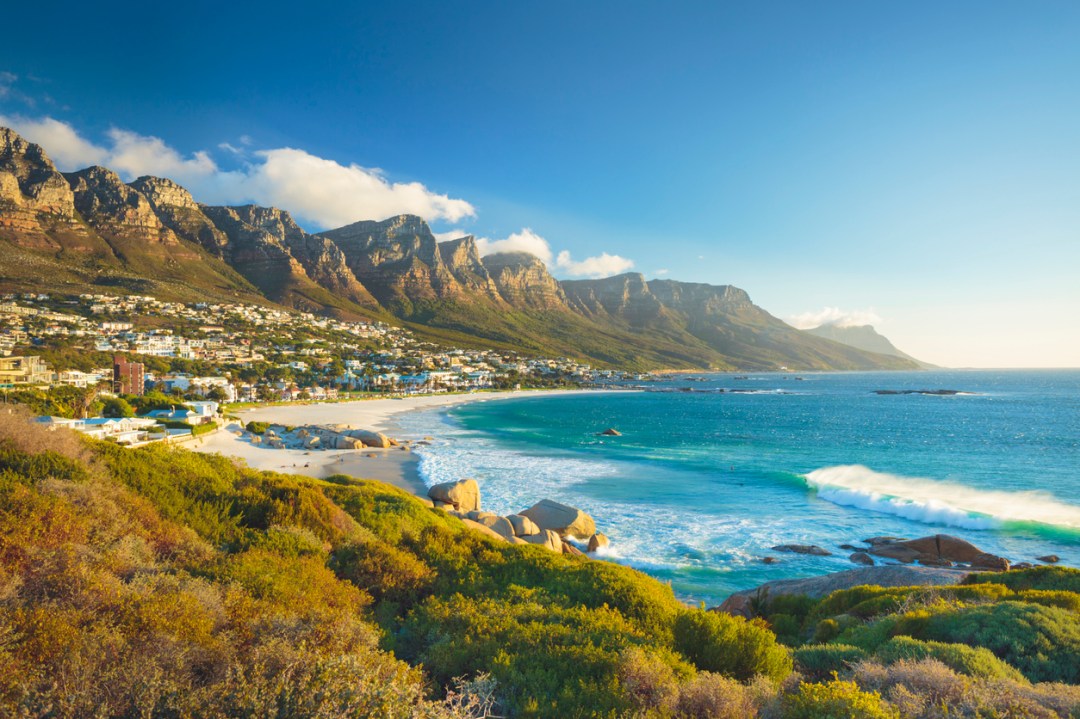
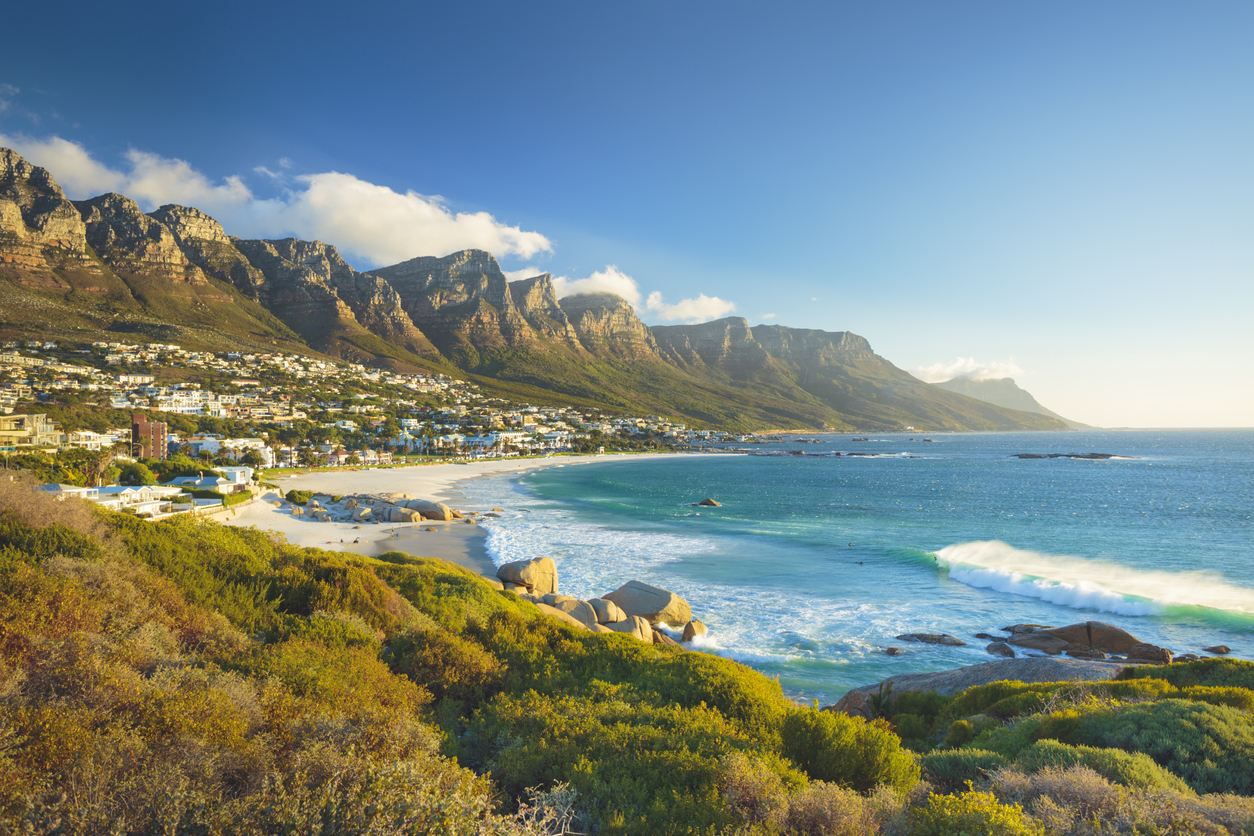
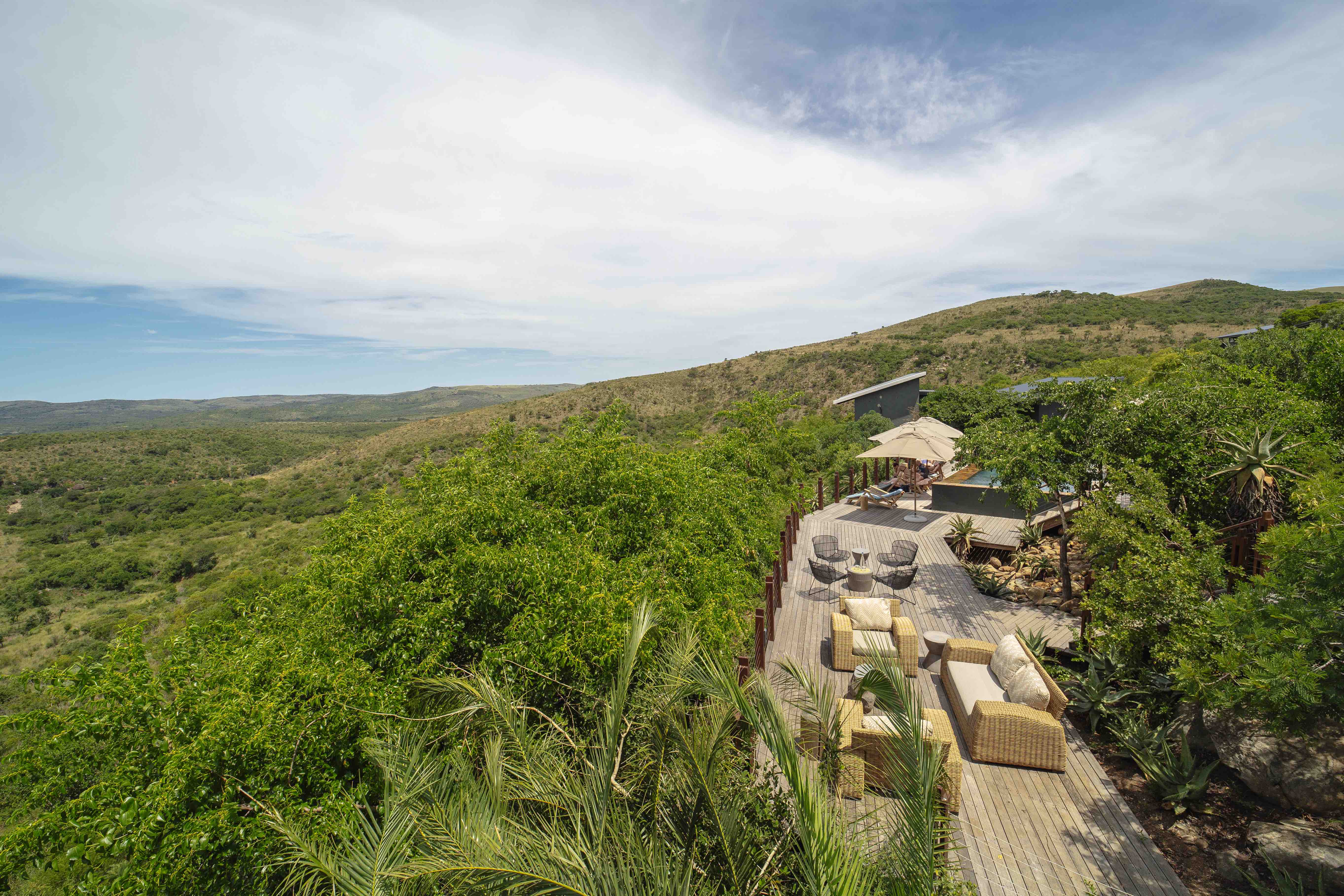
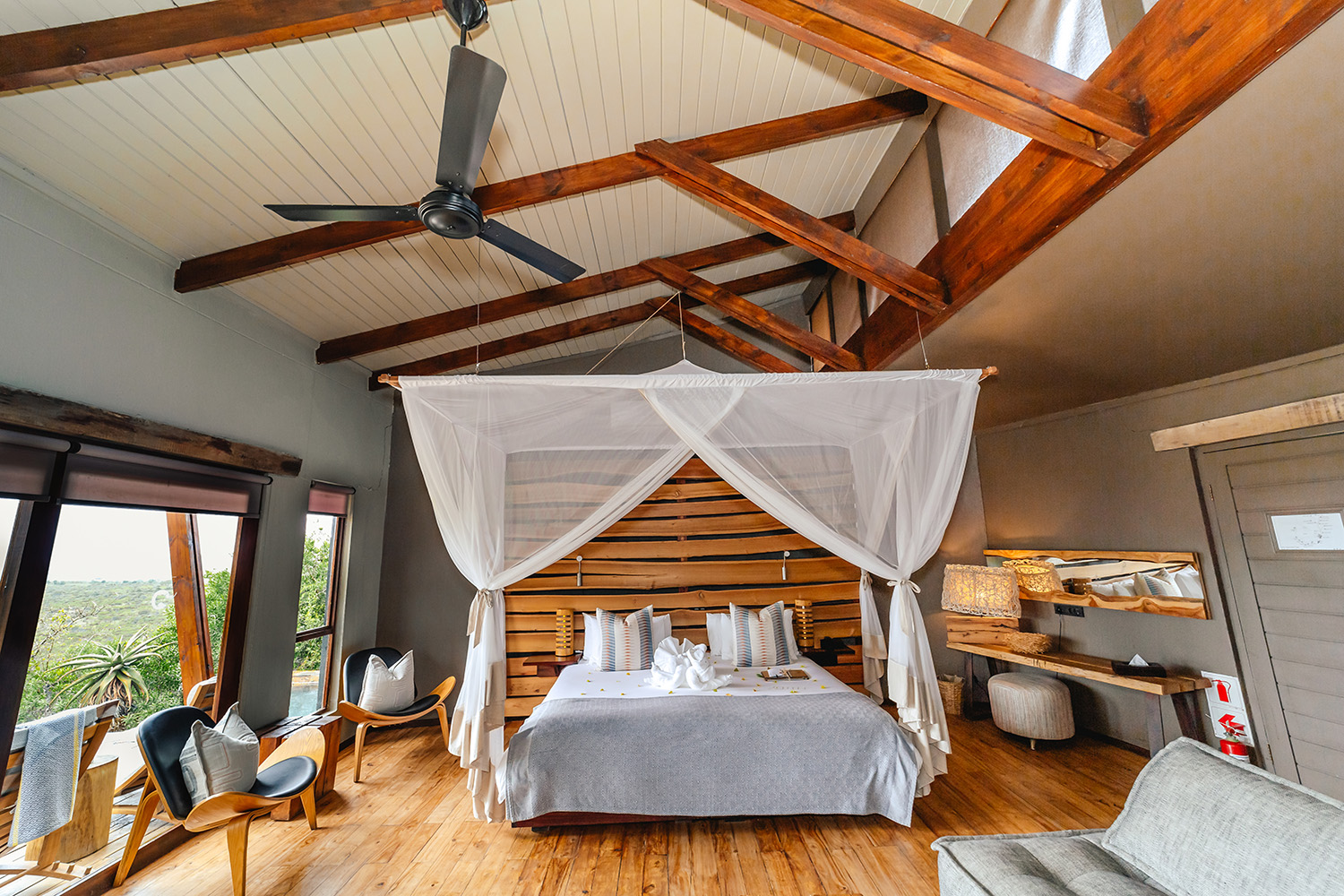
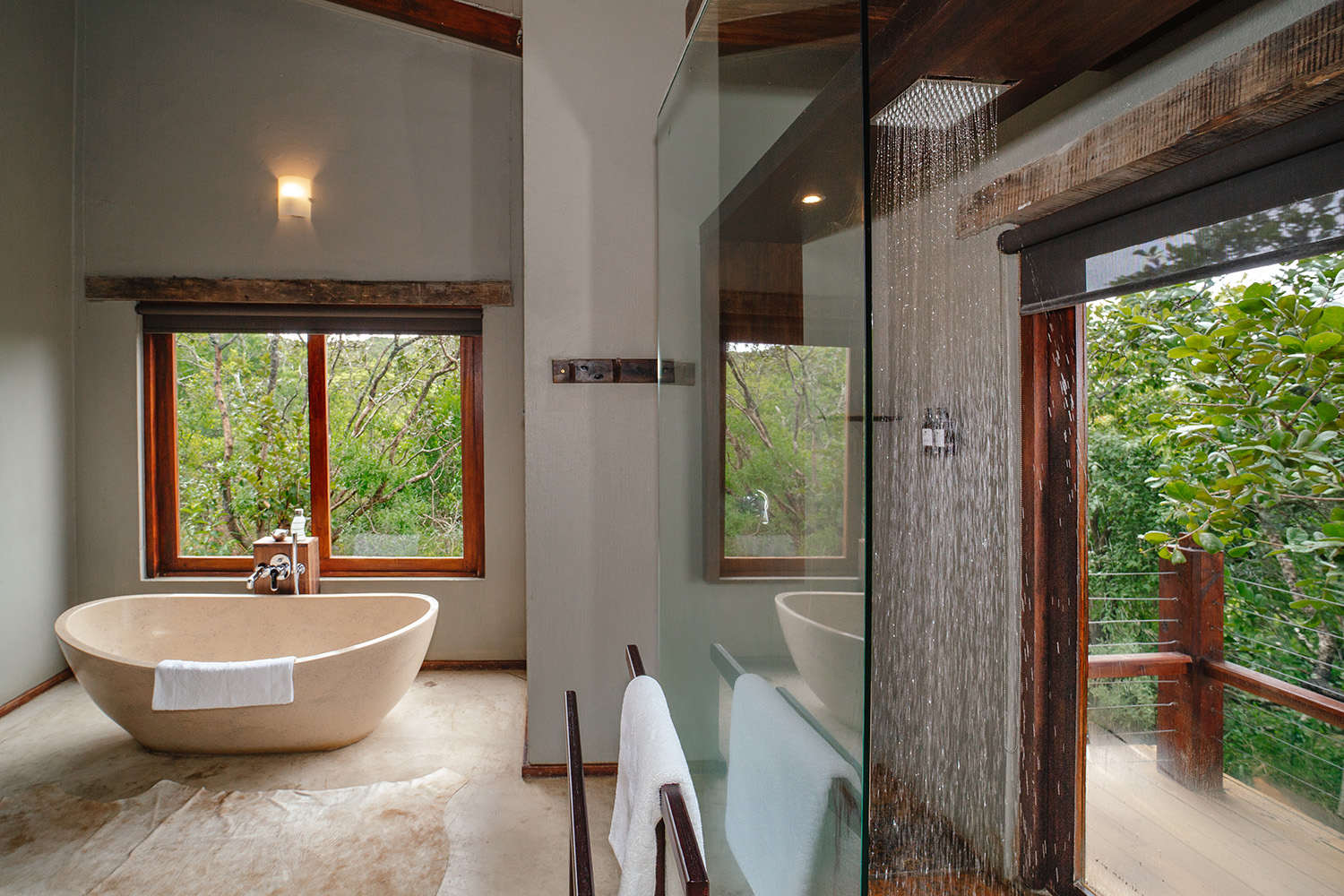
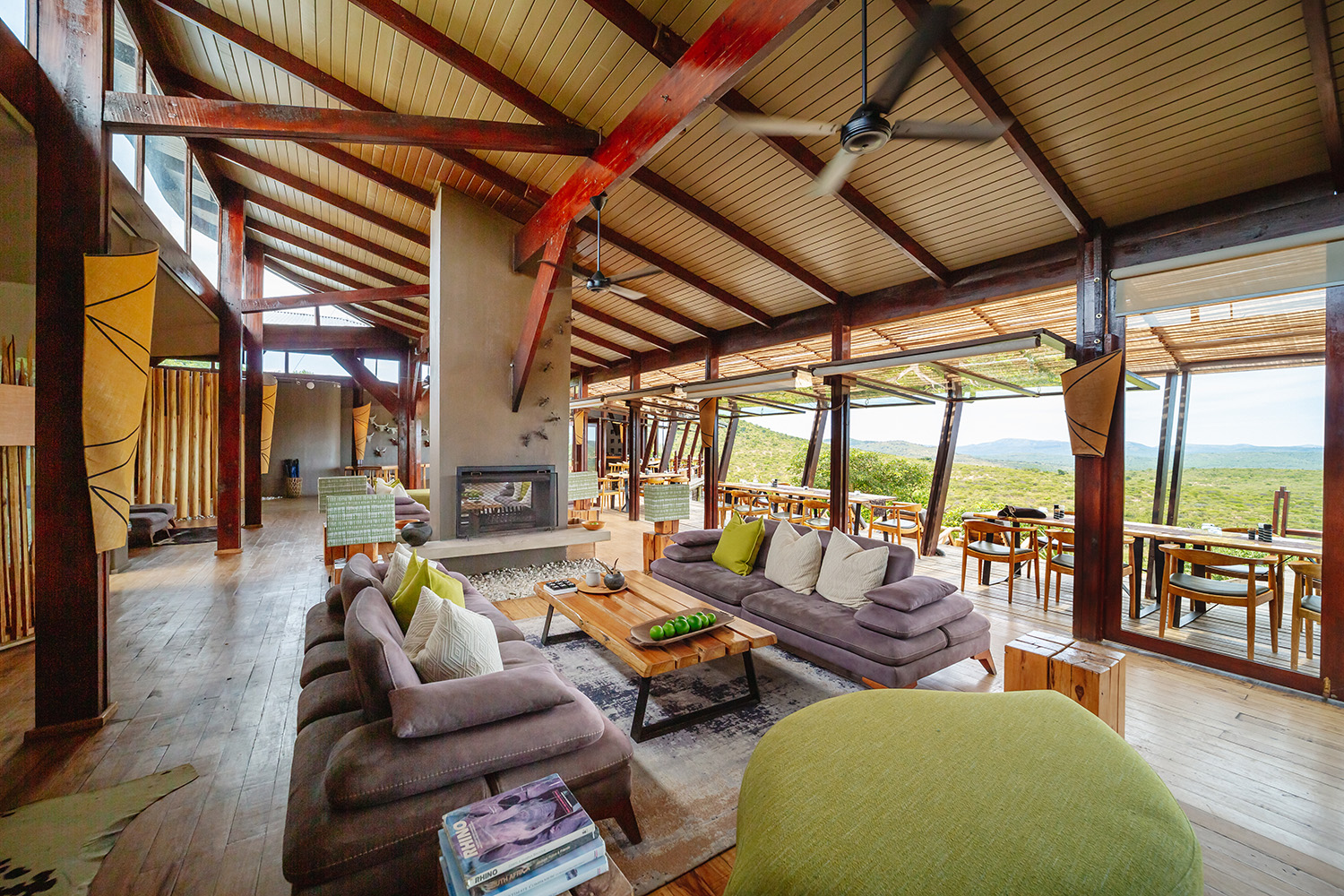




Comments